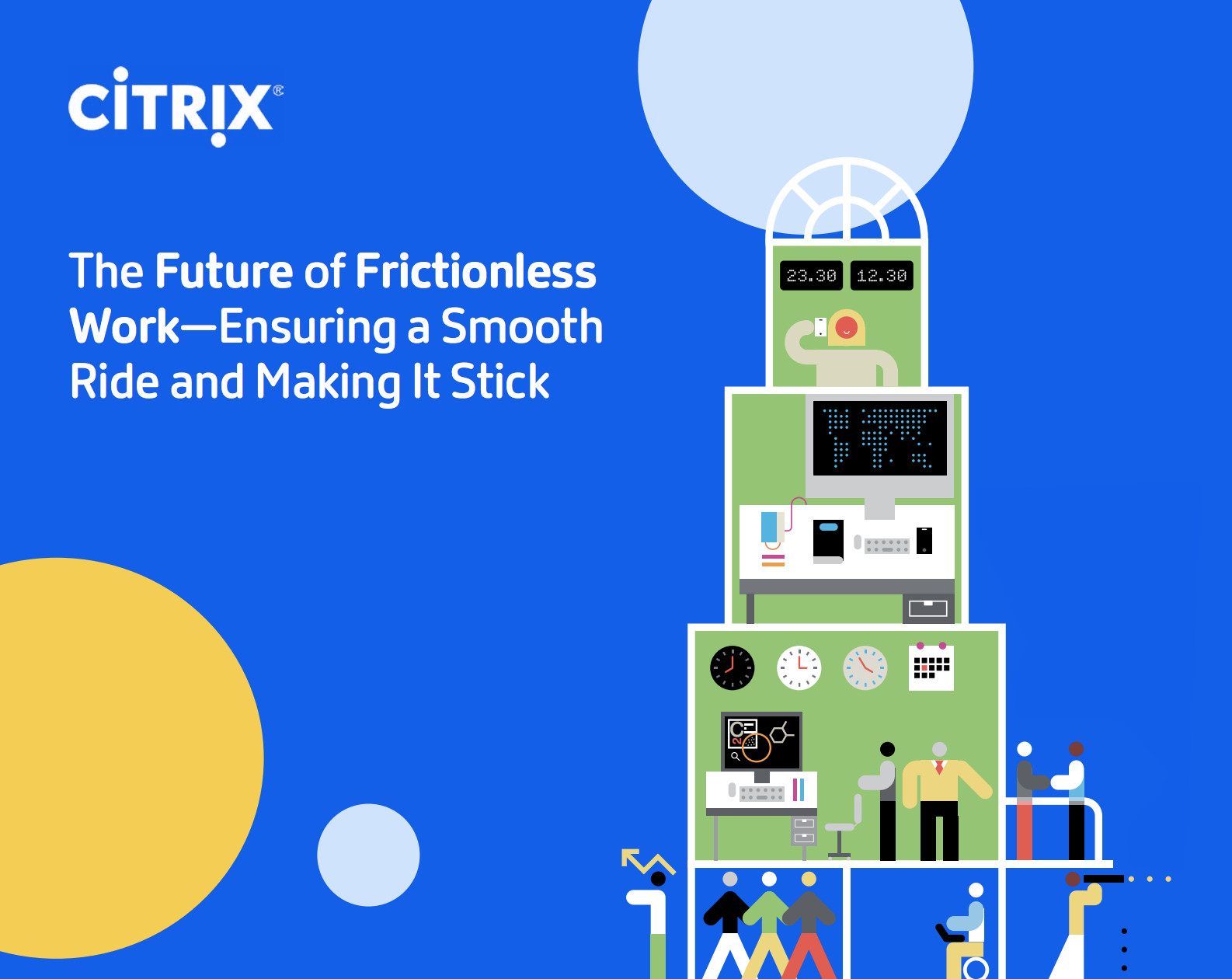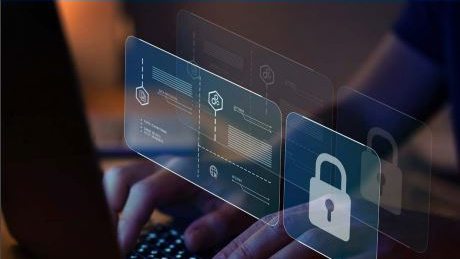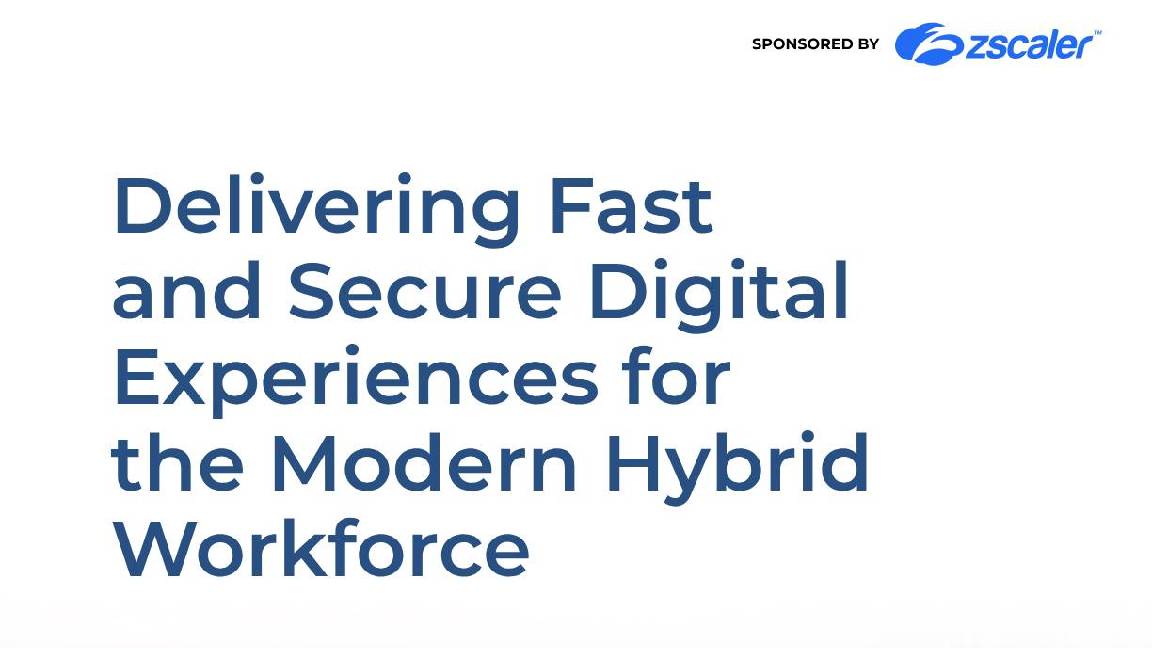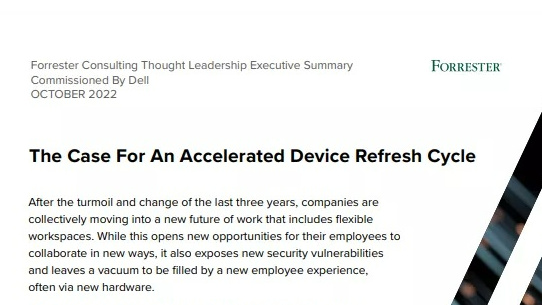Email is killing productivity, new research finds
UK-based employees spend almost a full working day each week managing their inboxes


Poor email processes are killing productivity, with a quarter of UK-based employees spending nearly one working day each week managing their inboxes.
That's according to research by Mail Manager, which surveyed 500 business leaders and decision-makers in the UK. It found that one in four respondents spent at least one hour a day going through their inbox, which amounts to almost one full working day spent on managing emails.
This is despite email being the most-often used form of communication. 90% of respondents indicated that they use email to communicate with their clients, while Skype and WhatsApp, by comparison, were used by 55% of those surveyed. Just 15% of those surveyed said that Slack was their go-to communication platform.
Jacob Wardrop, commercial director at Mail Manager, described email as the “letter of today”.
“While tools like Slack and WhatsApp are great for informal correspondence and chat, email remains the core correspondence method for formal communication. Before the digital era, companies would send formal correspondence as letters, which would be physically stored. Now, email is the tool for formal correspondence, but the need for filing and securely storing this communication remains, even though it’s digital,” he said.
RELATED RESOURCE

The additional time spent on sorting emails has a negative impact on employees emotions and work. More than half (55%) of respondents said that they were frustrated by not being able to find specific documents in their inbox, which left them feeling as if they were wasting time (63%), being less productive (48%), and losing track of project information (52%).
In some cases, poor email management led to missed customer and client opportunities, an experience shared by 45% of those surveyed.
Sign up today and you will receive a free copy of our Future Focus 2025 report - the leading guidance on AI, cybersecurity and other IT challenges as per 700+ senior executives
The findings come after last year Slack added a feature to send messages beyond the walls of a company and connect organisations into shared channels.
Aside from productivity gains, Slack’s CISO Larkin Ryder also pointed out safety benefits of switching to the messaging tool.
"Email is an open front door to security threats to an organisation - $12 billion in losses are caused by business email scams, and 90% of data breaches are from phishing. If you want a more secure collaboration solution for your organisation, the first thing you can do is take your employees out of email and into Slack,” he said.
Having only graduated from City University in 2019, Sabina has already demonstrated her abilities as a keen writer and effective journalist. Currently a content writer for Drapers, Sabina spent a number of years writing for ITPro, specialising in networking and telecommunications, as well as charting the efforts of technology companies to improve their inclusion and diversity strategies, a topic close to her heart.
Sabina has also held a number of editorial roles at Harper's Bazaar, Cube Collective, and HighClouds.
-
 Gender diversity improvements could be the key to tackling the UK's AI skills shortage
Gender diversity improvements could be the key to tackling the UK's AI skills shortageNews Encouraging more women to pursue tech careers could plug huge gaps in the AI workforce
-
 Researchers claim Salt Typhoon masterminds learned their trade at Cisco Network Academy
Researchers claim Salt Typhoon masterminds learned their trade at Cisco Network AcademyNews The Salt Typhoon hacker group has targeted telecoms operators and US National Guard networks in recent years
-
 'Digital hide-and-seek': Workers are wasting hundreds of hours a year sourcing the information they need to carry out their role
'Digital hide-and-seek': Workers are wasting hundreds of hours a year sourcing the information they need to carry out their roleNews Knowledge workers globally are wasting a quarter of their working week tracking down information, new research from Atlassian has revealed.
-
 Untethered: How CIOs and CISOs are paving the way for the new hybrid workforce
Untethered: How CIOs and CISOs are paving the way for the new hybrid workforceWhitepaper Effective techniques to transition from exposed legacy infrastructure to an effective zero trust strategy
-
 Unlocking the power of your digital services
Unlocking the power of your digital servicesSponsored Businesses have invested significant cash into technology since COVID-19, but are they really getting their money's worth?
-
 Delivering fast and secure digital experiences for the modern hybrid workforce
Delivering fast and secure digital experiences for the modern hybrid workforceWhitepaper A new approach to digital experience monitoring that can monitor the health of all systems
-
 Collaboration is the glue that holds your business together
Collaboration is the glue that holds your business togetherSPONSORED A combination of productivity tools and cloud telephony can enable the best from your workforce
-
 The future of work and the forgotten workforce
The future of work and the forgotten workforcewhitepaper How to deploy a mobile-first strategy so no one gets left behind
-
 The case for an accelerated device refresh cycle
The case for an accelerated device refresh cycleWhitepaper Achieving a more cost-effective device lifecycle overall
-
 Employees are choosing how they work
Employees are choosing how they workWhitepaper And with the right secure digital strategy, this could be a great thing for your business: today and far into the future
